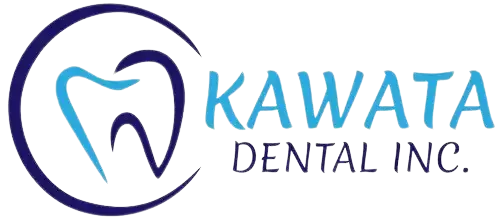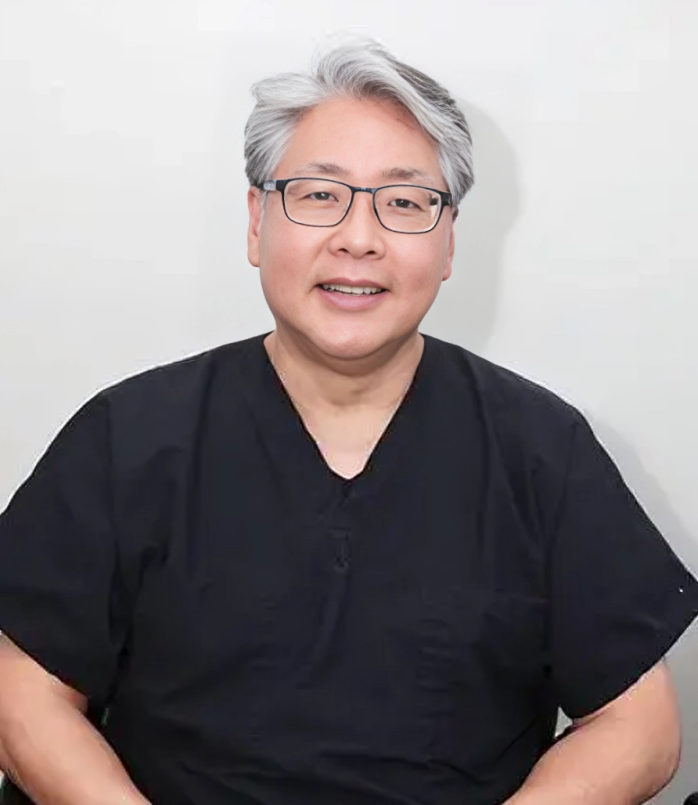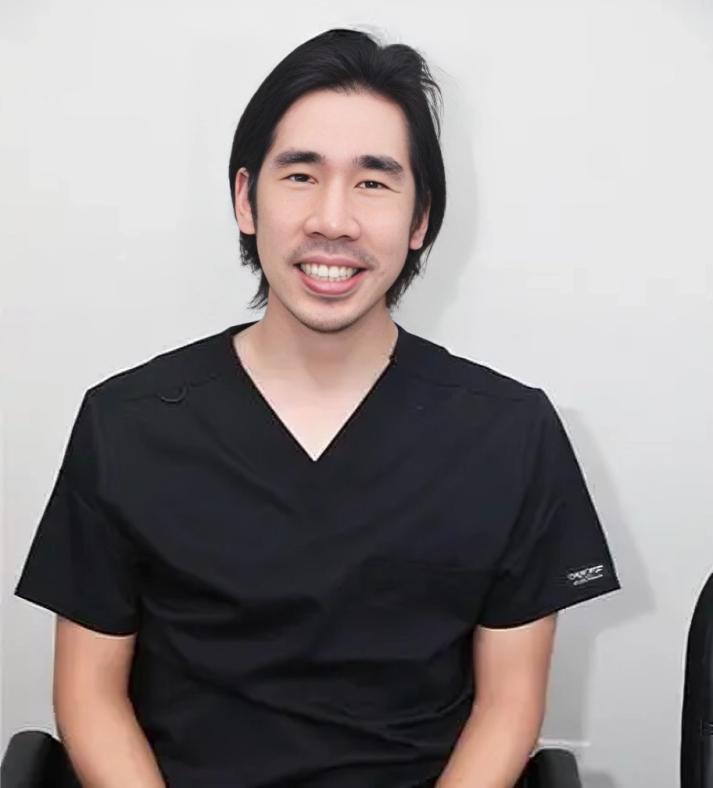Extraction in Los Angeles CA, is a dental procedure involving the removal of one or more teeth from the mouth. This intervention becomes necessary for various reasons, including severe tooth decay or damage beyond repair, overcrowding of teeth causing misalignment or impaction, gum disease leading to tooth instability, or as part of orthodontic treatment to create space for proper alignment. Extraction aims to alleviate pain, prevent infection, preserve oral health, and facilitate the overall alignment and function of the remaining teeth and jaws by removing the affected tooth or teeth.
When Are Extractions Necessary in Los Angeles CA?
- Extraction may be the only viable option to prevent infection and preserve oral health when a tooth is extensively decayed or damaged beyond repair.
- In severe cases of crowding or misalignment, extracting one or more teeth may be necessary to create space and facilitate orthodontic treatment.
- Wisdom teeth, also known as third molars, may become impacted (trapped beneath the gums) due to lack of space in the jaw. Impacted wisdom teeth can lead to pain, infection, and damage to adjacent teeth, necessitating extraction.
- Advanced periodontal (gum) disease can cause teeth to become loose and unstable. In some cases, extraction may be recommended to prevent the spread of infection and preserve the health of surrounding teeth and gums.
- If a tooth that has undergone root canal treatment becomes reinfected or fails to heal correctly, extraction may be necessary to alleviate pain and prevent further complications. Contact us today to learn more!
Types of Dental Extractions in Los Angeles, CA
Simple Extraction
Simple extraction is a routine dental procedure performed on teeth that are fully erupted, visible in the mouth, and accessible for removal without surgical intervention. During a simple extraction, the dentist uses specialized instruments, such as forceps, to grasp the tooth and gently loosen it from its socket in the jawbone. Once sufficiently loosened, the tooth is carefully lifted out of the socket.
Simple extractions are quick and straightforward, causing minimal discomfort and post-operative pain. They are commonly used to remove teeth that are severely decayed, damaged, or no longer functional, restoring oral health and function. Contact us today to learn more!
Benefits:
- Relatively quick and straightforward procedure
- Minimal discomfort and post-operative pain
- Lower risk of complications compared to surgical extractions
- Cost-effective treatment option
Surgical Extraction
A surgical extraction is a dental procedure performed on teeth that are partially or fully impacted, submerged in the jawbone, or otherwise inaccessible for removal through a simple extraction. During a surgical extraction, the dentist or oral surgeon makes an incision in the gum tissue to access the tooth and may need to remove bone tissue or section the tooth into smaller pieces for extraction.
This type of extraction is often performed under local anesthesia or sedation to ensure patient comfort. Surgical extractions are necessary for addressing impacted wisdom teeth, severely damaged teeth, or teeth with complex root structures, and they typically require a longer recovery period than simple extractions.
Benefits:
- Allows access to teeth that are difficult to reach or fully submerged in the jawbone
- Enables the removal of multiple teeth or teeth with complex root structures
- Reduces the risk of damage to surrounding tissues and structures during extraction
- Can be performed under local anesthesia or sedation for patient comfort
The Extraction Process in Los Angeles, CA
Before the Extraction
Assessment
Our dentist will thoroughly examine the affected tooth, reviewing your medical history and possibly taking X-rays to assess the tooth's position and surrounding structures.
Treatment Plan
Based on the assessment, our dentist will develop a treatment plan tailored to your specific needs, including the type of anesthesia or sedation to be used during the procedure.
Preparation
Before the extraction, you may be instructed to avoid eating or drinking for a certain period, especially if you'll be receiving sedation or general anesthesia.
During the Extraction
Anesthesia
Local anesthesia is typically administered to numb the area around the tooth being extracted, ensuring your comfort during the procedure. In some cases, sedation or general anesthesia may be used, especially for more complex extractions or for patients with dental anxiety.
Extraction
Using specialized instruments such as forceps or elevators, the dentist will carefully loosen the tooth from its socket in the jawbone and gently remove it. Sometimes, the tooth must be sectioned into smaller pieces for easier removal.
Control Bleeding
Once the tooth has been extracted, gauze will be placed over the socket to control bleeding. You may be asked to bite down on the gauze to apply pressure and promote blood clot formation.
Closure
The extraction site will often be left open to heal naturally. However, if the extraction involves a surgical procedure or multiple teeth, stitches may be used to close the wound.
After the Extraction
Recovery Room
After the procedure, you'll be allowed to rest in a recovery area until the effects of the anesthesia wear off. This is also a time for the dental team to provide post-operative instructions and address any questions or concerns you may have.
Pain Management
It's normal to experience some discomfort, swelling, and mild bleeding following a tooth extraction. Our dentist in Los Angeles, CA may prescribe pain relievers and recommend applying ice packs to the affected area to help alleviate discomfort and reduce swelling.
Dietary Restrictions
For the first few days after the extraction, stick to soft foods and liquids to avoid irritating the extraction site and support healing. Avoid hot, spicy, or crunchy foods that may cause discomfort or disrupt the blood clot.
Oral Hygiene
Follow our dentist's instructions for caring for the extraction site to promote healing and prevent infection. This may include gently rinsing your mouth with warm saltwater and avoiding vigorous rinsing or brushing around the extraction site.
Follow-Up Appointment
Be sure to attend any follow-up appointments with our dentist to monitor healing and address any concerns or complications. Our dentist may also remove any stitches placed during the extraction and evaluate your progress.
Frequently Asked Questions
What is the tooth extraction process, and how is it performed?
The tooth extraction process involves removing a tooth from its socket in the bone. The procedure typically begins with numbing the area with local anesthesia to ensure you are comfortable during the extraction. If the tooth is impacted or difficult to remove, the dentist may need to make an incision in the gum tissue. After the tooth is extracted, the site will be cleaned and, if necessary, sutured to promote healing. The procedure is relatively quick and is performed with great care by a tooth extraction dentist.
How much does tooth extraction cost in Los Angeles?
The tooth extraction cost in Los Angeles can vary depending on the complexity of the extraction. Simple extractions, where the tooth is fully visible and easy to remove, typically cost between $150 and $300. More complex extractions, such as wisdom teeth or impacted teeth, can cost anywhere from $300 to $800 or more. Your tooth extraction dentist will provide a cost estimate after an initial consultation, and options for payment and insurance coverage will be discussed.
What are the reasons for needing a Los Angeles tooth extraction?
A Los Angeles tooth extraction may be necessary for several reasons, including severe decay, infection, overcrowding, or damage from trauma. Wisdom teeth are also commonly extracted if they are impacted or cause discomfort. In some cases, extractions are part of orthodontic treatment to make room for proper alignment. Your dentist will carefully assess your situation and recommend extraction if it is the best option for your oral health.
Are there any risks associated with tooth extraction?
While tooth extraction is a common and relatively safe procedure, there are some risks, such as infection, dry socket (a condition where the blood clot is dislodged), or damage to adjacent teeth. However, these risks are minimal and can be avoided by following your dentist's aftercare instructions. Your tooth extraction dentist will thoroughly explain any potential risks before the procedure and take steps to minimize them.
What should I expect during and after my tooth extraction appointment?
During your tooth extraction appointment, your dentist will numb the area and, if necessary, may provide sedation to ensure your comfort. The extraction itself typically takes a few minutes to an hour, depending on the complexity of the tooth and procedure. Afterward, you may experience some swelling and discomfort, which can be managed with over-the-counter pain relievers. It's important to follow all aftercare instructions, including avoiding certain foods, refraining from smoking, and keeping the extraction site clean to promote healing.
Comprehensive Tooth Extraction Care from Your Trusted Dentist in Los Angeles, CA
At Kawata Dental Inc., our skilled team, Dr. Bennett Kawata, D.D.S., Dr. Lani Tittle, D.D.S., and Dr. Jeffrey Okamoto, D.D.S., provides gentle and precise tooth extractions tailored to each patient’s unique dental needs. As a leading dentist in Los Angeles, we focus on providing comfortable, safe, and effective extraction procedures that protect and enhance your oral health.
Whether you need a simple tooth removal or a more complex surgical extraction, our Los Angeles, CA dentist utilizes advanced techniques and modern technology to ensure minimal discomfort and faster recovery. We emphasize patient education, ensuring you fully understand your treatment options and aftercare instructions for optimal healing.
As a trusted dentist Los Angeles, CA, we understand that the thought of tooth extraction can cause anxiety, which is why we prioritize a calm and compassionate approach. Our dental team offers sedation options for patients who may feel nervous, ensuring a stress-free experience from start to finish.
If you’re looking for a Los Angeles, CA dentist who combines expertise with compassionate care, trust Kawata Dental Inc. to provide exceptional tooth extraction services that promote long-term oral health and comfort.
Tooth extraction is a common dental procedure that addresses various oral health concerns, from severe decay and damage to impacted wisdom teeth. Visit Kawata Dental Inc. at 12211 W Pico Blvd, Los Angeles, CA 90064, or call (310) 826-6123 to determine if a tooth extraction is the right solution for you.
Visit Our Office
Los Angeles, CA
12211 W Pico Blvd, Los Angeles, CA 90064
Email: [email protected]
Request An AppointmentOffice Hours
- MON8:00 am - 5:00 pm
- TUE8:00 am - 5:00 pm
- WED8:00 am - 5:00 pm
- THU8:00 am - 5:00 pm
- FRI8:00 am - 5:00 pm
- SATClosed
- SUNClosed



